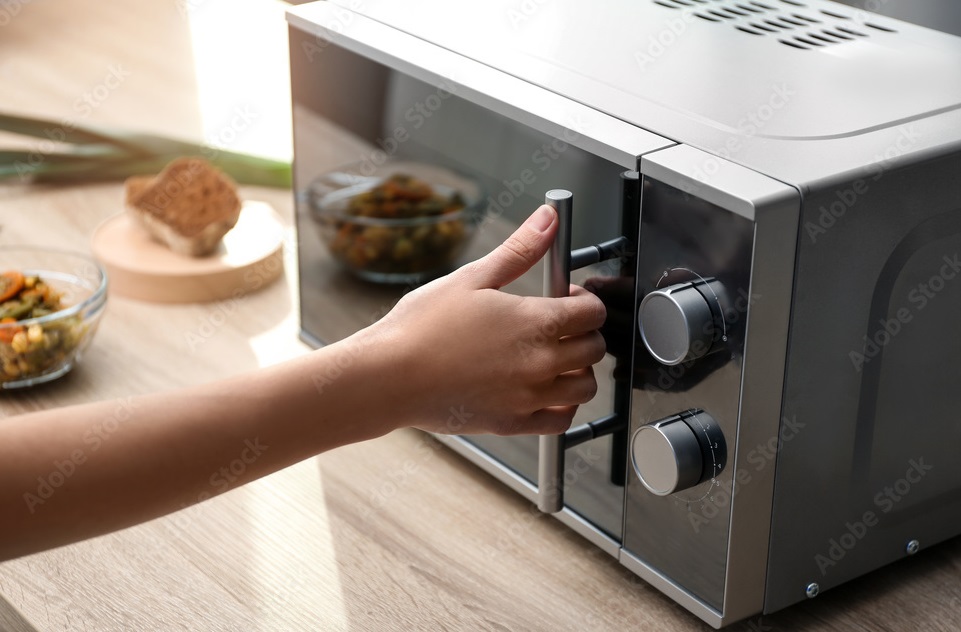Let’s talk about something we all rely on in our kitchens: the microwave. It’s a lifesaver when we’re in a rush or just want to warm up leftovers quickly. But did you know there are certain foods that should stay far away from it? Yup, not everything is meant to go spinning in that little box of heat! Here’s a heads-up on what you should avoid microwaving:
1. Eggs: Microwaving eggs in their shells or even in a bowl can be extremely risky. The heat buildup can cause them to explode, making a mess and potentially causing burns. If you must microwave eggs, always do so without the shell and use a microwave-safe container.
2. Breast Milk: Heating breast milk in the microwave can destroy valuable nutrients and proteins and create hot spots that can scald a baby’s mouth. It’s safer to thaw or warm breast milk by placing the bottle in warm water instead.
3. Whole Fruits: Fruits like grapes or tomatoes can explode when heated in a microwave due to the water content inside them rapidly turning into steam. If you need to heat fruits, it’s better to slice them first or use alternative methods like stovetop heating.
4. Frozen Meat in Packaging: Microwaving meat in its original packaging can release harmful chemicals from the plastic into your food. Always remove meat from packaging and place it on a microwave-safe dish before heating.
5. Fried Foods: Microwaving fried foods like french fries or fried chicken can leave them soggy and unappetizing. Use an oven or toaster oven to maintain their crispy texture.
6. Chili Peppers: Microwaving chili peppers or spicy foods can release capsaicin into the air, causing irritation to your eyes, nose, and throat. It’s best to heat these items on the stovetop instead.
7. Bread: Microwaving bread tends to make it chewy and tough rather than warm and soft. To revive stale bread, wrap it in a damp paper towel and heat it briefly in the oven.
8. Sauces and Oils: These can heat unevenly in the microwave, leading to splattering and burns. Stirring and using a microwave-safe container can help, but it’s generally safer to heat these on the stovetop.
9. Styrofoam and Certain Plastics: Containers not labeled “microwave-safe” can leach harmful chemicals into your food when heated. Always transfer food to a microwave-safe dish before reheating.
10. Carbonated Beverages: Microwaving fizzy drinks can cause them to explode due to the pressure buildup from carbonation. Always transfer to a microwave-safe container or heat them gently on the stovetop.
In Conclusion:
While the microwave is a convenient appliance for many tasks, it’s essential to use it safely and effectively. By avoiding these foods and following proper microwave guidelines, you can ensure that your meals are heated safely without compromising taste or nutrition. Always refer to food packaging and microwave instructions for the best results, and enjoy your meals with peace of mind!
Remember, the microwave is a valuable tool in the kitchen, but it’s important to use it wisely to avoid potential hazards and disappointments in your culinary adventures.
Also Read:
